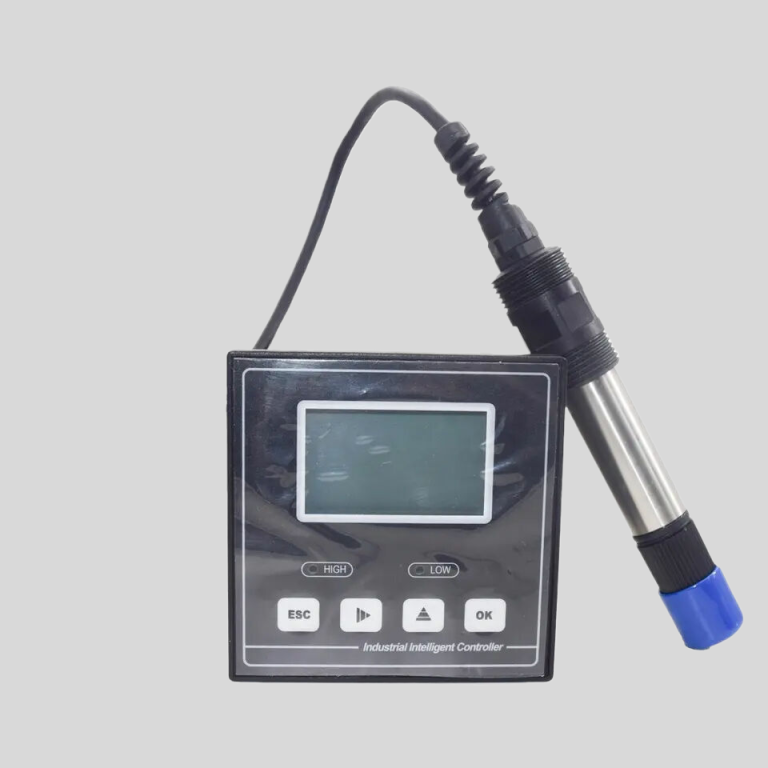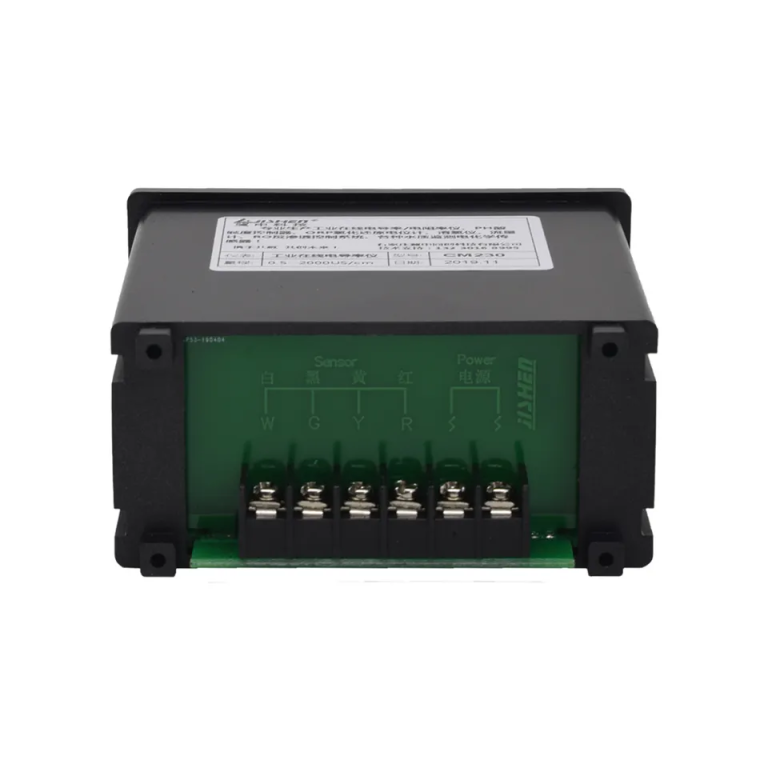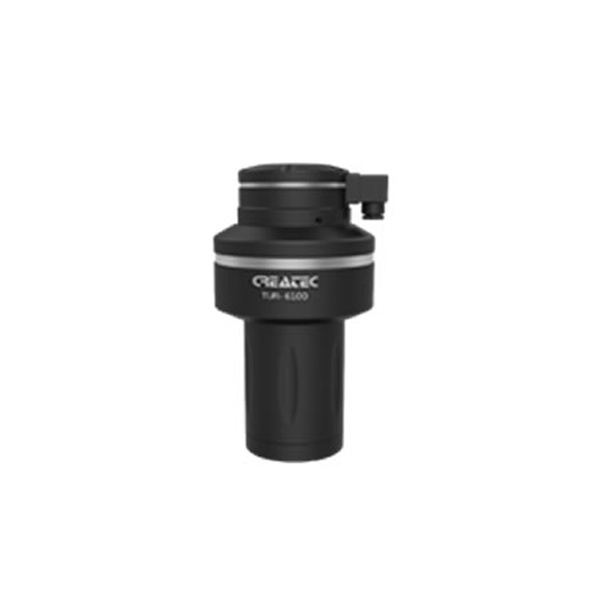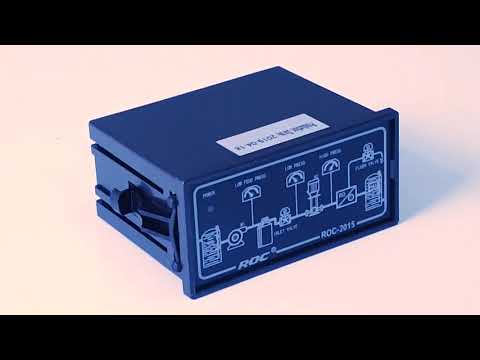Table of Contents
Monitoring Water Quality in Aquaponic Systems with Arduino Sensors
Aquaponic systems have gained popularity in recent years as a sustainable method of growing plants and raising fish in a symbiotic environment. However, maintaining water quality is crucial for the success of these systems. One way to monitor water quality in aquaponic systems is by using Arduino water quality sensors.
Arduino water quality sensors are electronic devices that can measure various parameters of water quality, such as pH, temperature, dissolved oxygen, and conductivity. These sensors are connected to an Arduino microcontroller, which processes the data and sends it to a display or a computer for analysis.
One of the key advantages of using Arduino water quality sensors is their affordability. Compared to traditional water quality monitoring equipment, Arduino sensors are relatively inexpensive, making them accessible to hobbyists and small-scale aquaponic farmers. Additionally, Arduino sensors are easy to use and can be customized to suit specific monitoring needs.

pH is a critical parameter to monitor in aquaponic systems, as it affects the health of both plants and fish. Arduino pH sensors use a probe to measure the acidity or alkalinity of the water. By monitoring pH levels regularly, aquaponic farmers can adjust the system’s pH to maintain optimal conditions for plant growth and fish health.
Temperature is another important parameter to monitor in aquaponic systems. Arduino temperature sensors can measure the water temperature accurately, allowing farmers to ensure that the water is within the optimal range for both plants and fish. Fluctuations in water temperature can stress the fish and affect plant growth, so monitoring temperature is essential for maintaining a stable environment.
Dissolved oxygen is crucial for the health of fish in aquaponic systems. Arduino dissolved oxygen sensors measure the amount of oxygen dissolved in the water, indicating whether the water is adequately oxygenated for the fish. By monitoring dissolved oxygen levels, aquaponic farmers can prevent oxygen depletion and ensure the well-being of their fish.
Conductivity is a measure of the water’s ability to conduct electricity, which is related to the concentration of dissolved salts and minerals. Arduino conductivity sensors can detect changes in water conductivity, indicating fluctuations in nutrient levels or the presence of contaminants. By monitoring conductivity, aquaponic farmers can adjust nutrient levels and detect any potential water quality issues.
In conclusion, Arduino water quality sensors are valuable tools for monitoring water quality in aquaponic systems. By measuring parameters such as pH, temperature, dissolved oxygen, and conductivity, these sensors help aquaponic farmers maintain optimal conditions for plant growth and fish health. With their affordability, ease of use, and customization options, Arduino sensors are an excellent choice for small-scale aquaponic operations. By incorporating Arduino water quality sensors into their systems, aquaponic farmers can ensure the success and sustainability of their operations.
DIY Arduino Water Quality Sensor for Home Testing and Monitoring
Water quality is a critical aspect of our daily lives, as it directly impacts our health and the environment. Monitoring water quality is essential to ensure that the water we use for drinking, cooking, and other household activities is safe and free from contaminants. While there are professional water quality testing services available, they can be expensive and time-consuming. Fortunately, with the advancement of technology, DIY water quality sensors have become more accessible and affordable.
One popular DIY option for monitoring water quality is the Arduino water quality sensor. Arduino is an open-source electronics platform that allows users to create interactive projects by combining hardware and software. With the Arduino water quality sensor, you can easily build a device that can measure various parameters of water quality, such as pH levels, conductivity, and temperature.
To build your own Arduino water quality sensor, you will need a few key components. These include an Arduino board, a water quality sensor module, a ph sensor, a conductivity sensor, a temperature sensor, and some basic electronic components such as resistors and wires. You can find these components at your local electronics store or online.
Once you have gathered all the necessary components, you can start assembling your Arduino water quality sensor. Begin by connecting the sensors to the Arduino board according to the manufacturer’s instructions. Make sure to double-check your connections to ensure that everything is properly connected.
| Model | CLA-7000 Series Free Chlorine(DPD)online automatic analyzer |
| Inlet channel | Single channel/Double channel |
| Measurement range | Free chlorine\\uff1a(0.0\\uff5e2.0)mg/L or (0.5\\uff5e10.0)mg/L ,Calculated as Cl2; pH:(0-14); Temperature(0-100)\\u2103 |
| Accuracy | Free chlorine:\\u00b110% or \\u00b10.1/0.25 mg/L; pH:\\u00b10.1pH\\uff1bTemperature\\uff1a\\u00b10.5\\u2103 |
| Measurement Period | \\u22642.5min |
| Sampling interval | The interval (1\\uff5e999) min can be set arbitrarily |
| Maintenance cycle | Recommended once a month (see maintenance chapter) |
| Environmental requirements | A ventilated and dry room without strong vibration;Recommended room temperature\\uff1a(15\\uff5e28)\\u2103\\uff1bRelative humidity\\uff1a\\u226485%\\uff08No condensation\\uff09 |
| Water sample flow | (200-400) mL/min |
| Inlet pressure | (0.1-0.3) bar |
| Inlet water temp. | (0-40)\\u2103 |
| Power supply | AC (100-240)V\\uff1b 50/60Hz |
| Power | 120W |
| Power connection | The 3-core power cord with plug is connected to the mains socket with ground wire |
| Data output | RS232/RS485/(4\\uff5e20)mA |
| Size | H*W*D:(800*400*200)mm |
After assembling the sensor, you will need to program the Arduino board to read and display the data collected by the sensors. You can find sample code and tutorials online that will guide you through the programming process. Once you have uploaded the code to the Arduino board, you can start testing your water quality sensor.
To test the accuracy of your Arduino water quality sensor, you can compare its readings with those from a professional water quality testing kit. This will help you determine if your sensor is providing accurate and reliable data. If you find any discrepancies, you can calibrate your sensor accordingly to improve its accuracy.
One of the advantages of using an Arduino water quality sensor is its versatility. You can customize your sensor to measure specific parameters of water quality based on your needs. For example, if you are concerned about the pH levels in your water, you can focus on calibrating the pH sensor to provide accurate readings.
In addition to monitoring water quality at home, Arduino water quality sensors can also be used for environmental monitoring projects. By deploying these sensors in bodies of water such as rivers and lakes, researchers can collect valuable data on water quality and identify potential pollution sources.
Overall, DIY Arduino water quality sensors are a cost-effective and practical solution for monitoring water quality at home. With the right components and programming skills, you can build a reliable sensor that will help you ensure the safety of your water supply. Whether you are a homeowner looking to test your drinking water or a researcher studying environmental pollution, Arduino water quality sensors offer a versatile and accessible tool for water quality monitoring.







